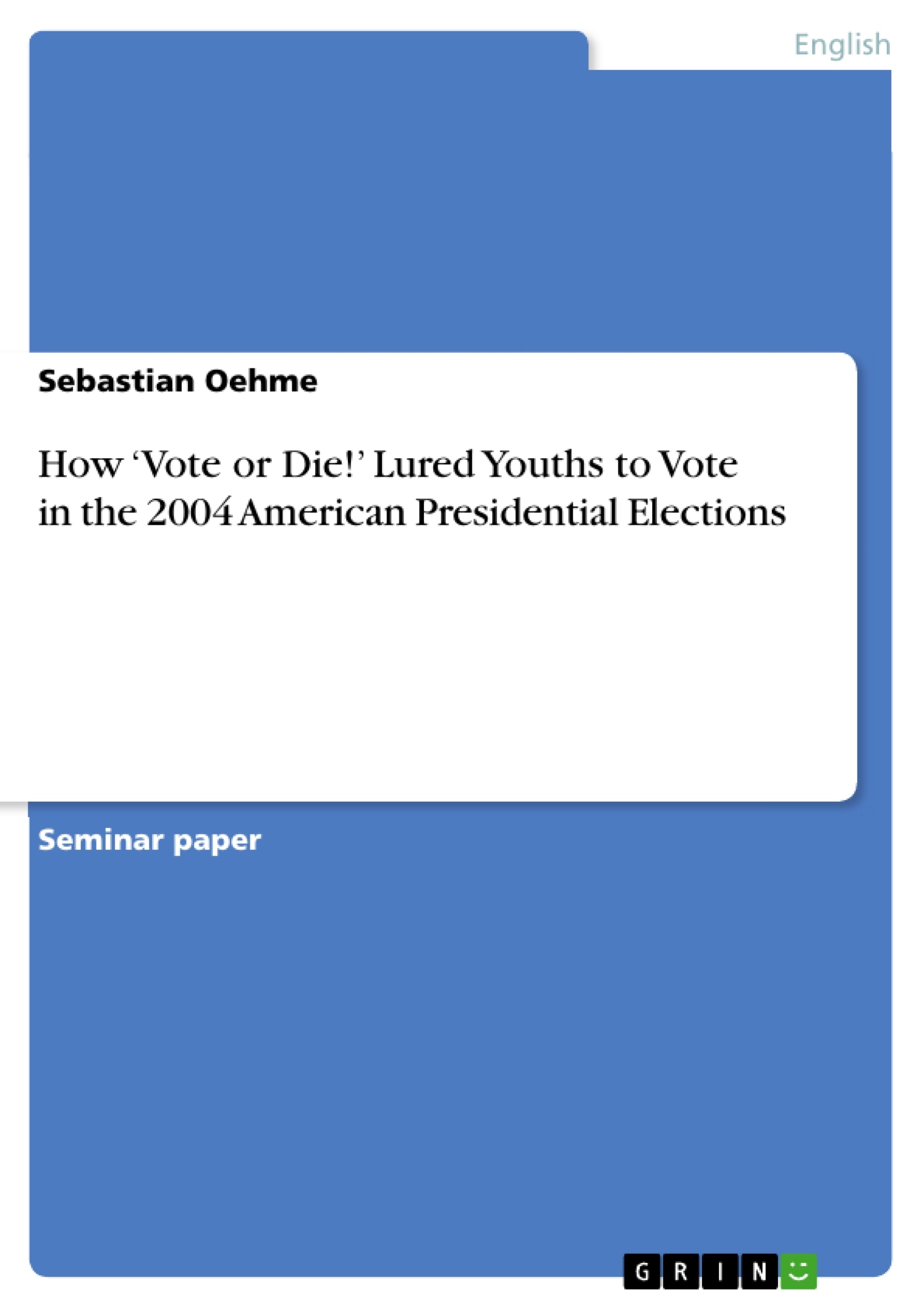After the collapse of the Soviet Union, the United States of America remain the only undisputed world power. On a political level, the American president is often referred to as the ‘most powerful man in the world’ in a colloquial manner. He is not only the official head of state of the military and economic most powerful country on the globe but also the leader of the executive authority, commander-in-chief of the American army, first diplomat of his country, and the leader of his party. With such a mighty price on the line, the battle for the presidential chair is undoubtedly a hard and long-lasting one. In the American two-party system, the Democrats and Republicans compete to attract the majority of US citizens to get their vote in the multitude of elections that have taken place on the North American continent.
As voting participation has dramatically fallen over the last decades, the two parties are nowadays forced to appeal to new voter blocs on the one hand, and activate their existing voter bases on the other hand. In the 2004 presidential elections, especially youth voters stood in the spotlight of medial coverage, as their percentaged participation in elections has been notably low in the past. That is why, many public campaigns were started to attract their attention and get them to cast their ballot. One organization is called Citizen Change. It gained international recognition with their catchy but also populist claim ‘Vote or Die!’ in the course of the 2004 elections. The ‘Vote or Die!’ campaign will be in the focus of this term paper, as I will outline and explain this campaign’s motives, methods, and its influence on the electoral behavior of American youths.
Table of Contents
- 1 Introduction
- 2 A Look at the American Presidential Elections of Today
- 2.1 Recent Changes in the Race for Votes
- 2.1.1 The Low Voter Participation and Its Consequences
- 2.1.2 Youth Voters in Focus
- 2.2 The Mass Media's Influence - a Contemporary Form of Propaganda?
- 3 How 'Vote or Die!' Lured Youths to Vote in the 2004 Presidential Elections
- 3.1 What Is 'Vote or Die!' Actually?
- 3.2 How Did the Campaign Work?
- 3.3 What an Influence Had It?
- 3.4 Did Vote or Die!' Prefer a Certain Party?
- 4 Conclusion
Objectives and Key Themes
This term paper aims to explore the motivations, methods, and influence of the "Vote or Die!" campaign, a youth-focused initiative that aimed to increase voter turnout in the 2004 American presidential elections. The paper investigates the campaign's impact on the electoral behavior of young Americans. Key themes explored in this paper include:- The changing landscape of American presidential elections and the role of technology.
- Low voter turnout in the United States and the consequences for democracy.
- The influence of mass media on voter behavior and the potential for propaganda.
- The effectiveness of campaigns targeting specific voter demographics, such as youth.
- The potential for political bias in youth-focused voting campaigns.
Chapter Summaries
The introduction outlines the significance of the American presidential elections, highlighting the power and influence of the president in the global context. It also touches upon historical changes in the role of the presidency, emphasizing the increasing power held by the office. The chapter further delves into the two-party system and the challenges faced by the Democrats and Republicans in attracting voters in a landscape of declining voter turnout. The paper then introduces the "Vote or Die!" campaign as a key focus of the analysis. Chapter 2 examines the evolution of American presidential elections, highlighting the shift from person-to-person interaction to reliance on technology for campaigning. This section also addresses the low voter participation rate in the US, exploring potential causes and consequences. The chapter specifically focuses on the increasing attention given to youth voters, acknowledging their historically low turnout and the importance of engaging them in the electoral process.Keywords
This paper focuses on key themes and concepts including: American presidential elections, voter turnout, youth voters, political campaigns, mass media, propaganda, political bias, "Vote or Die!" campaign, Citizen Change organization, and electoral behavior.- Citation du texte
- Sebastian Oehme (Auteur), 2008, How ‘Vote or Die!’ Lured Youths to Vote in the 2004 American Presidential Elections, Munich, GRIN Verlag, https://www.grin.com/document/149531



